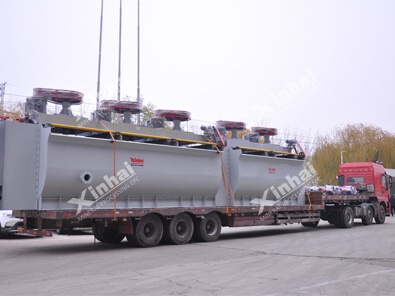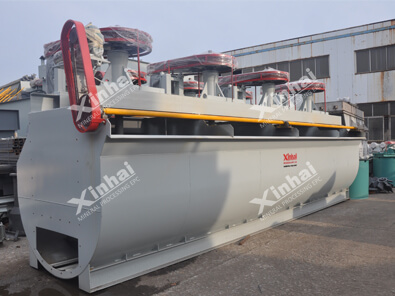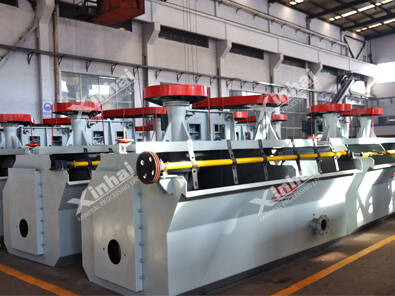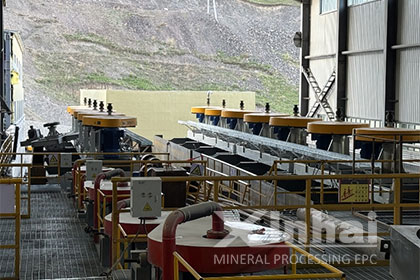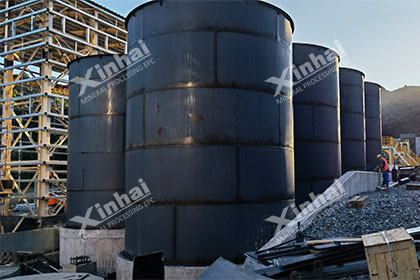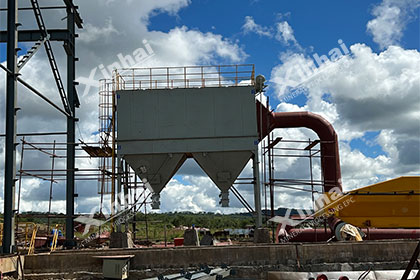How to Enhance the Copper Flotation Cell?
 Shirley
Shirley
 Feb 29, 2024
Feb 29, 2024
 2029
2029
If you want to know more details about equipment, solutions, etc, please click the button below for free consultation, or leave your requirements!
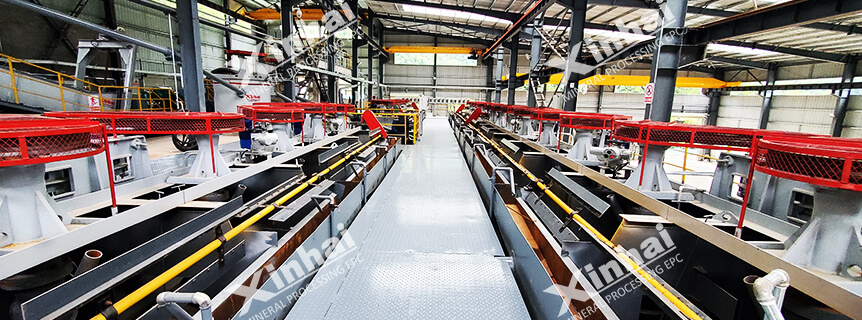
The global demand for copper has surged, driven by its critical role in various industries, including electronics, construction, and renewable energy. As the readily available high-grade copper ores diminish, the mining industry must increasingly rely on lower-grade ores and more complex mineral deposits. This challenge necessitates the development and optimization of flotation cell technologies to enhance copper recovery rates and improve the overall efficiency of the copper processing industry.
01The Role of Flotation Cells in Copper Extraction
BackFlotation is a widely used method for the separation and concentration of copper minerals from their ores. It involves the separation of valuable minerals (copper sulfides) from waste rock (gangue) by utilizing the differences in their hydrophobic and hydrophilic properties. Flotation cells, the heart of the flotation process, create an environment where air is dispersed into the mineral slurry, forming bubbles that carry the mineral particles to the surface to form a froth layer. This layer is then collected, and the copper minerals are separated from the gangue.
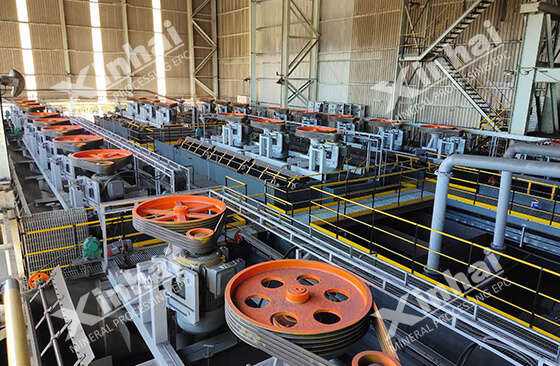
02Optimizing Flotation Cell Performance
BackTo maximize copper recovery, several factors must be optimized within the flotation cell environment. These include:
Column Flotation Cells: These cells offer a more controlled environment for the flotation process, with less turbulence and better froth stability, leading to improved copper recovery.
Jameson Cells: These cells combine the principles of flotation with those of dense medium separation, resulting in a more efficient and faster separation process.
Pneumatic Flotation Cells: These cells use micro-nanobubbles to enhance the flotation of coarse particles, improving the recovery of copper minerals.
Flotation Circuit Optimization: The integration of machine learning algorithms and process control systems can optimize the operation of the entire flotation circuit, from feed preparation to concentrate collection.
03Challenges and Future Directions
BackDespite these advancements, challenges remain in optimizing flotation cell performance. These include dealing with complex ores, managing water consumption and tailings disposal, and minimizing the environmental impact of the flotation process. Future research should focus on developing more sustainable flotation practices, improving the selectivity of collectors, and enhancing the integration of flotation cells with other mineral processing technologies.
04Conclusion
BackThe optimization of flotation cell technology is a critical factor in the efficient recovery of copper from complex ores. By understanding the interplay between various operational parameters and leveraging technological innovations, the mining industry can enhance copper recovery rates, reduce costs, and contribute to sustainable mining practices. As the demand for copper continues to grow, the development and implementation of advanced flotation cell technologies will play a pivotal role in meeting the global supply needs while minimizing environmental impacts.
 +86 183 3575 8886
+86 183 3575 8886 pinklaurabao@gmail.com
pinklaurabao@gmail.com




 Message
Message Chat Now
Chat Now


